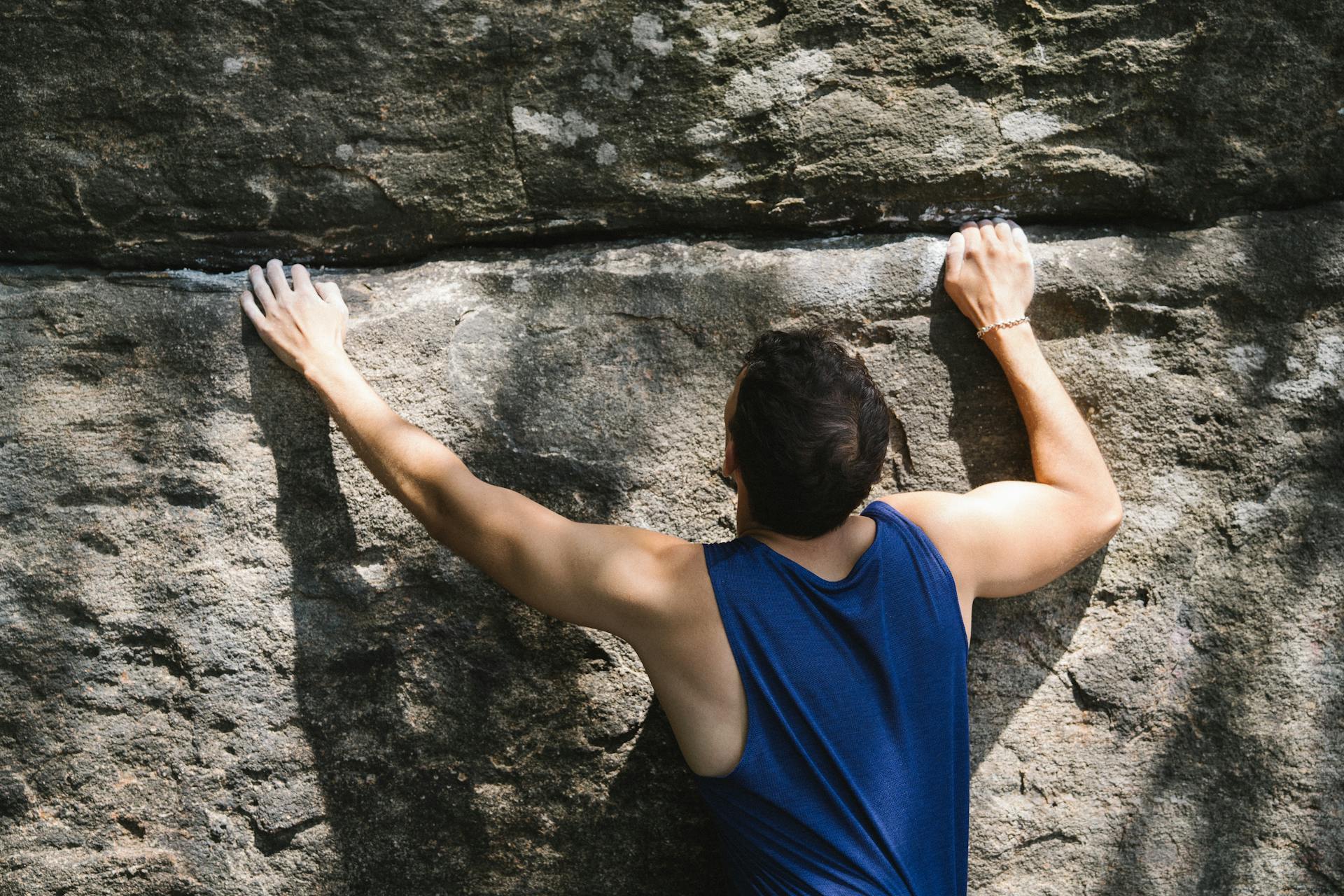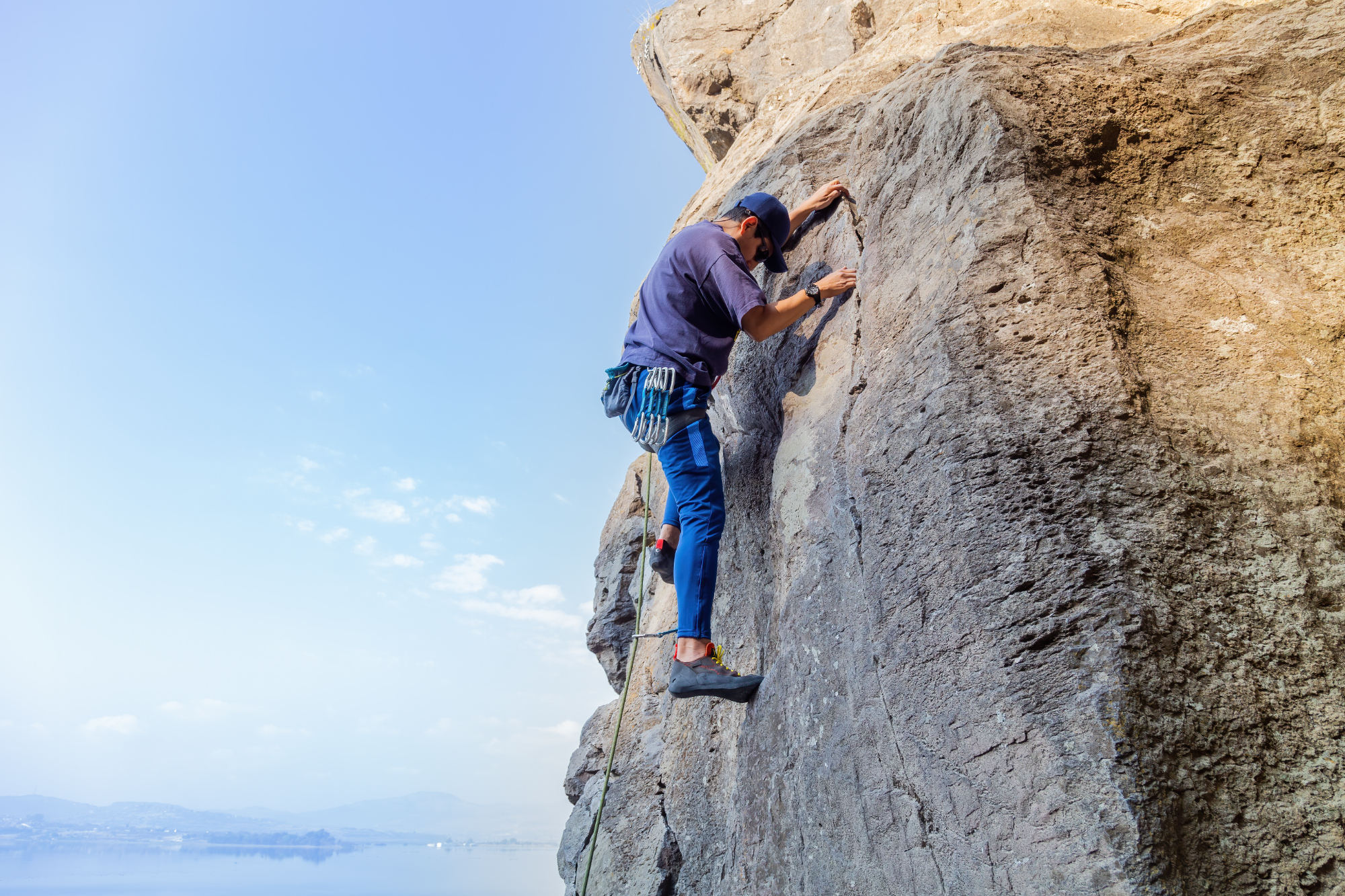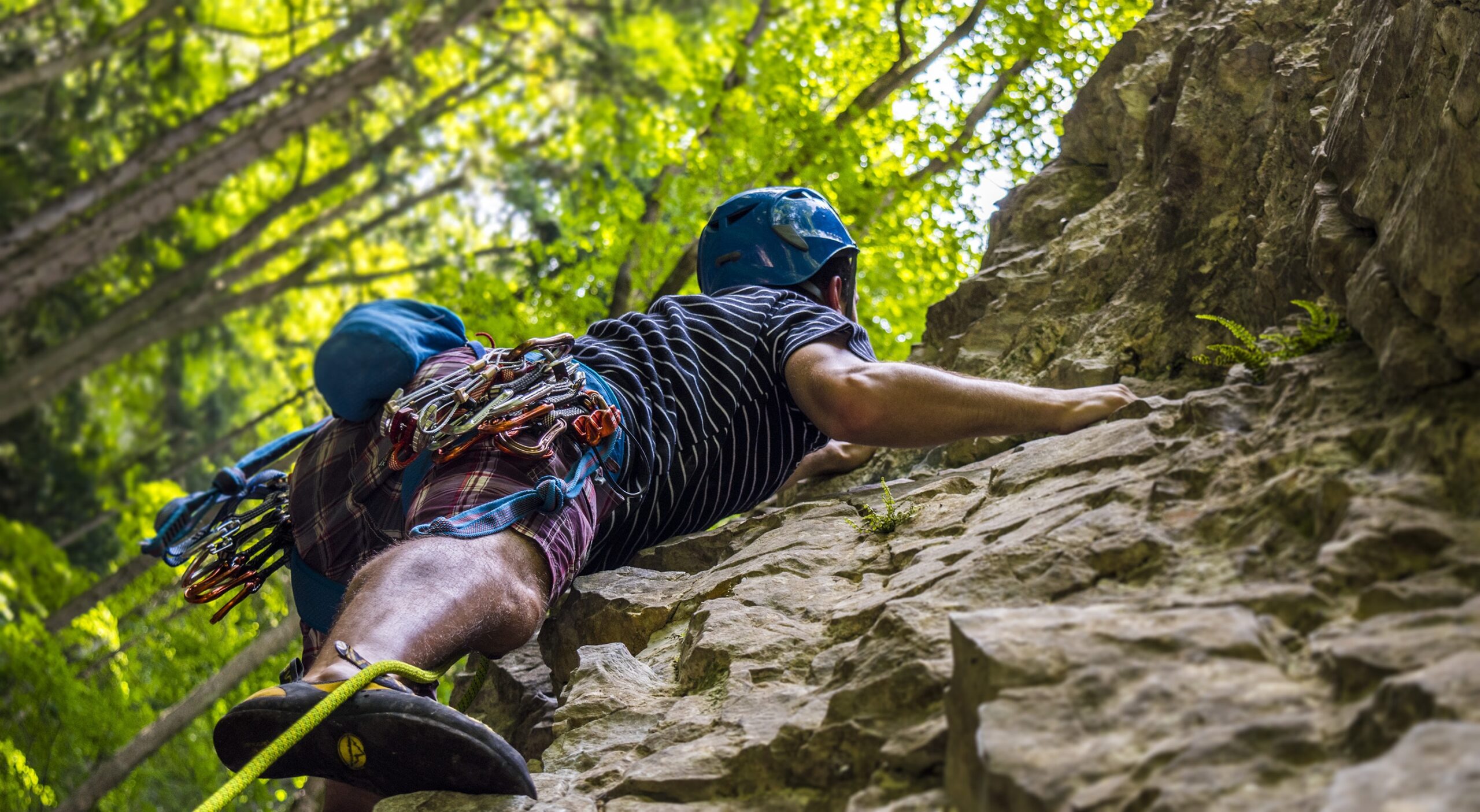Ice climbing is an adventurous sport full of thrills and challenges. But it’s not just about strength and skills, having the right gear is equally important. Without the perfect equipment, not only will your performance be impacted, your safety could also be compromised.
Ice climbing requires specialized tools and gear that work in extreme cold environments and slippery surfaces. This article will guide you step-by-step as to which gear is best for you, how you can choose according to your skill level and budget, and how to maintain that gear.
So, whether you are a beginner or an experienced climber, this guide will prepare you for a safe and enjoyable ice climbing experience. Let’s get started!
Understanding Ice Climbing
Ice climbing is a thrilling and adventurous sport in which climbers climb frozen waterfalls, glaciers, and icy cliffs. This activity is not just a test of physical strength and balance, but mental focus and strategy are equally important. Safe and successful ice climbing requires not only skills but correct and durable gear. Understanding the basics of ice climbing and the different types of this sport before selecting gear can be very helpful.
There are three types of ice climbing. Waterfall Ice Climbing is the perfect starting point for beginners, in which climbers climb frozen waterfalls. It is visually stunning but also demands the proper tools and techniques. Alpine Ice Climbing takes place in mountainous glaciers and extreme cold conditions. It is for advanced climbers as it challenges harsh weather and high altitudes. Mixed Climbing is another technical type in which climbers climb both ice and rock surfaces. It requires highly specialized skills and gear.
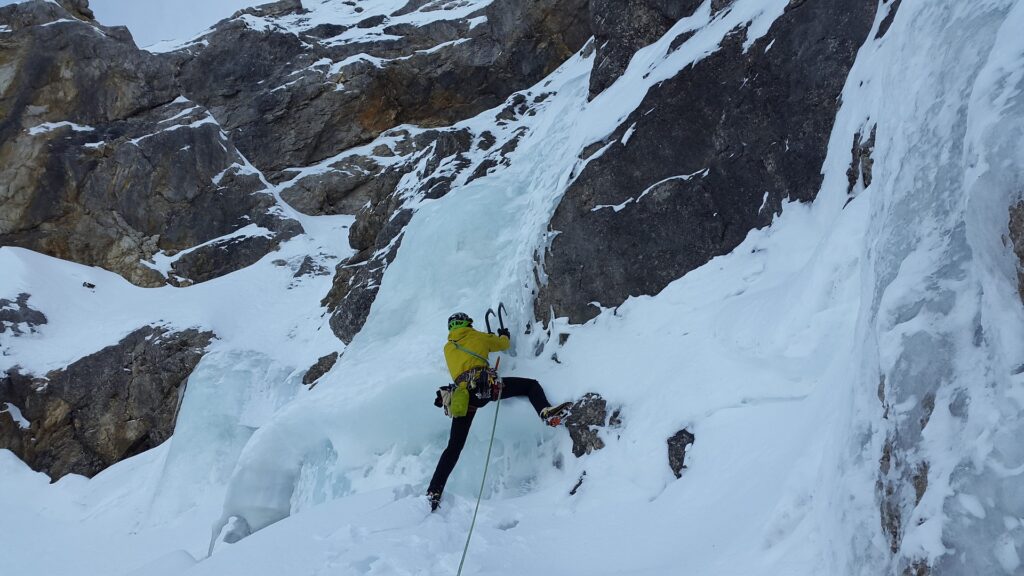
The environment is a major factor in ice climbing and directly impacts your gear selection. Extreme cold requires insulated and moisture-wicking layers to keep you warm and dry. For uneven icy surfaces, strong crampons and reliable ice tools are essential. Smooth ice and jagged terrain require different equipment, and waterproof and windproof clothing is important for strong winds or snowfall.
Ice climbing can be a rewarding experience, but it’s important to understand its challenges and risks beforehand. With proper planning, correct gear, and the right approach, you can make your climbing adventure safe and enjoyable. Without the right equipment, this sport can not only be unsafe but can limit your experience.
The Essential Ice Climbing Gear
Having the right gear for ice climbing is very important, as it not only ensures your safety but also enhances your performance. The items listed below are must-have gear for ice climbing, helpful for everyone from beginners to advanced climbers.
Ice Climbing Harness
The ice climbing harness keeps your body secure and provides a base for attaching to ropes and karabiners.
- Features to Look For: Adjustable leg loops, lightweight material, and padding for extra comfort.
- It is best to get a waterproof and cold-resistant harness that is reliable in extreme conditions.
Climbing Rope
Dynamic ropes are best for ice climbing as they absorb shocks if you slip or fall.
- Length & Thickness: Generally, 60-70 meter long rope is sufficient, and the thickness should be between 9-10mm for durability.
- Twin ropes or half ropes are also commonly used, especially in alpine conditions.
Ice Tools (Ice Axes)
Ice tools are the backbone of ice climbing. They grip the ice and give you balance and support.
- Types: Straight-shaft tools are suitable for beginners, while bent-shaft tools are used for technical climbs.\
- Leashless tools are becoming more popular as they provide better mobility and freedom.
Crampons
Crampons are essential for ice climbing, attaching to the sole of your boots and providing grip on ice surfaces.
- Types: Step-in crampons are easy to use, while hybrid and strap-on crampons are best for flexibility and versatility.
- Material: Steel crampons are more durable, but lightweight aluminum crampons are also suitable for specific climbs.
Ice Screws
Ice screws create an anchor in the ice walls, ensuring safety.
- It is important to use high-quality screws that can be installed quickly and provide a strong grip.
Helmet
Helmet protects your head from falling ice and tools.
- Features: Lightweight, durable, and prefer helmets with good ventilation.
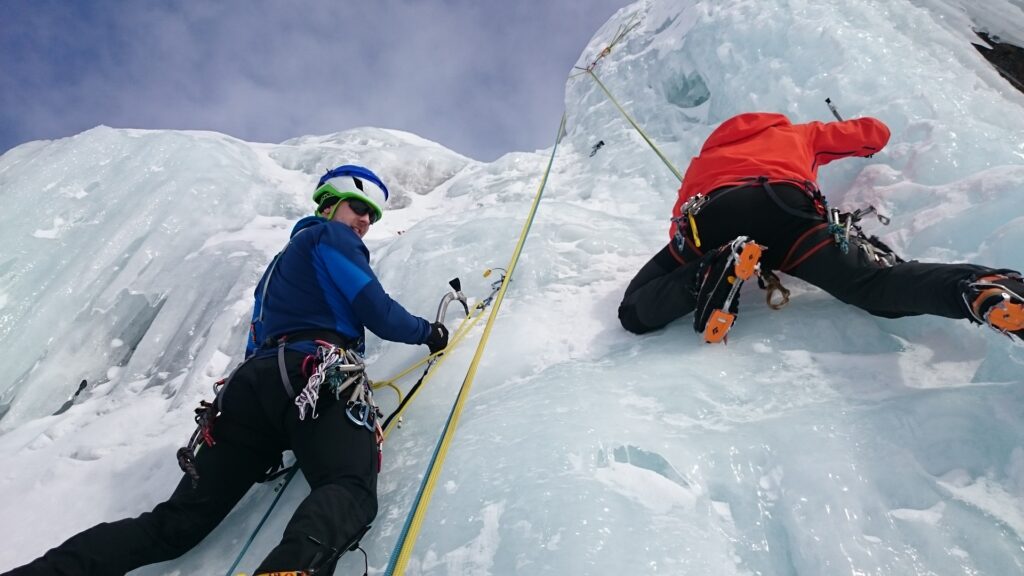
Clothing for Ice Climbing
Having the right clothing when climbing ice is of utmost importance for your comfort and safety. Extreme cold conditions and unpredictable weather require layers and fabrics that keep you warm, dry, and protected. Here is a detailed description of a proper clothing system that is ideal for climbing ice.
Layering System
The concept of layering is that you wear multiple layers that serve different functions—moisture wicking, insulation, and weather protection.
(a) Base Layer
- The job of the base layer is to wick sweat away from the body and keep you dry.
- Synthetic fabrics or merino wool base layers are best because they are lightweight and moisture-wicking.
- Cotton should be avoided because it absorbs sweat and feels cold when wet.
(b) Mid Layer
- The mid layer help in providing insulation and traps body heat.
- Fleece jackets or lightweight down jackets are ideal because they are warm and breathable.
- Your mid layer should be lightweight and flexible rather than bulky.
(c) Outer Layer (Shell)
- The outer layer protects you from snow, wind, and moisture.
- Waterproof and windproof jackets and pants, preferably of Gore-Tex material, are most effective.
- Ensure that the outer layer is breathable so that sweat can easily evaporate.
Accessories
Accessories play an equally important role as protection of hands, feet, and face is also important.
Gloves:
- Choose warm, waterproof, and grippy gloves.
- An extra pair increases your safety.
Balaclava/Neck Gaiter:
- Protects your face and neck from cold winds and frostbite.
Socks:
- Wear Merino wool or thermal socks that keep your feet warm and dry.
- A combination of thin liner socks and thick socks is ideal.
Gaiters:
- These prevent snow and ice from getting inside the boots and provide extra warmth.
Importance of Proper Fit
Tight clothing can restrict you and make you feel uncomfortable, while loose clothing allows the heat to escape. Ensure that all layers fit perfectly, but there is no hindrance in mobility.
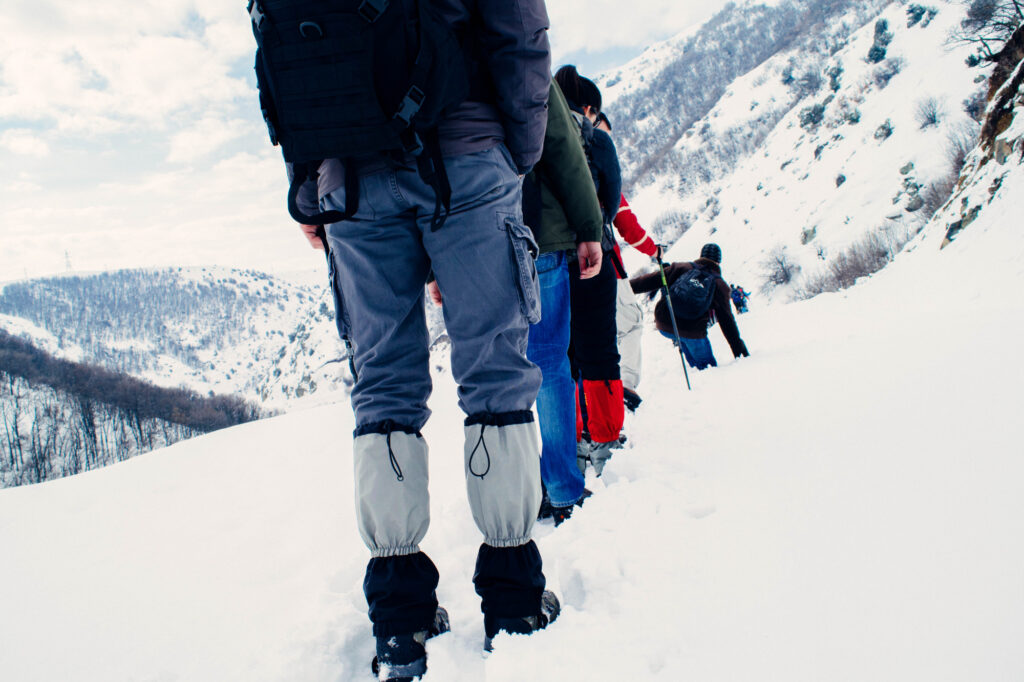
Specialized Gear for Advanced Ice Climbers
When transitioning from beginner to advanced levels in ice climbing, you need some specialized tools along with basic gear to help tackle more technical and challenging climbs. This gear not only enhances safety, but also boosts your efficiency and performance. Some essential advanced tools and their features are explained below.
Belay Devices
Belay devices are a must-have gear for advanced ice climbers, ensuring rope handling and safety. Self-braking belay devices such as the Petzl GriGri or assisted braking devices are ideal for technical climbs. These devices are not only helpful for controlled descent, but also for quick arrest if a climber slips. Advanced belay systems are available in lightweight and cold-resistant materials, perfect for the tough conditions of ice climbing.
Avalanche Safety Tools
High-altitude and alpine ice climbing areas are prone to avalanches, so avalanche safety tools are a must for advanced climbers.
- Beacon (Transceiver): This is an essential tool that helps locate you and your climbing partners if an avalanche situation arises.
- Probe: This compact tool is used to pinpoint climbers or equipment buried in snow.
- Shovel: Lightweight snow shovels are useful for quickly removing snow in emergency situations.
Ice Climbing Boots
Advanced ice climbing requires specially designed boots that come with rigid soles and crampon compatibility.
- Double-layered boots or insulated boots are ideal for extreme cold conditions.
- Boots with waterproof materials and ankle support are comfortable and safe for long climbs.
Ice Climbing Protection Gear
For technical routes, protection gear such as slings, quickdraws, and specialized anchors are used that provide secure placement on ice and rock. Ice pitons and v-thread anchors are also very useful for challenging terrains.
Advanced Ice Tools
Compared to basic ice axes, advanced climbers need modular ice tools that are more flexible and durable.
- Tools with replaceable picks and adjustable grips are more effective in difficult terrains.
- Curved-shaft tools provide more control and precision for overhangs and steep ice walls.
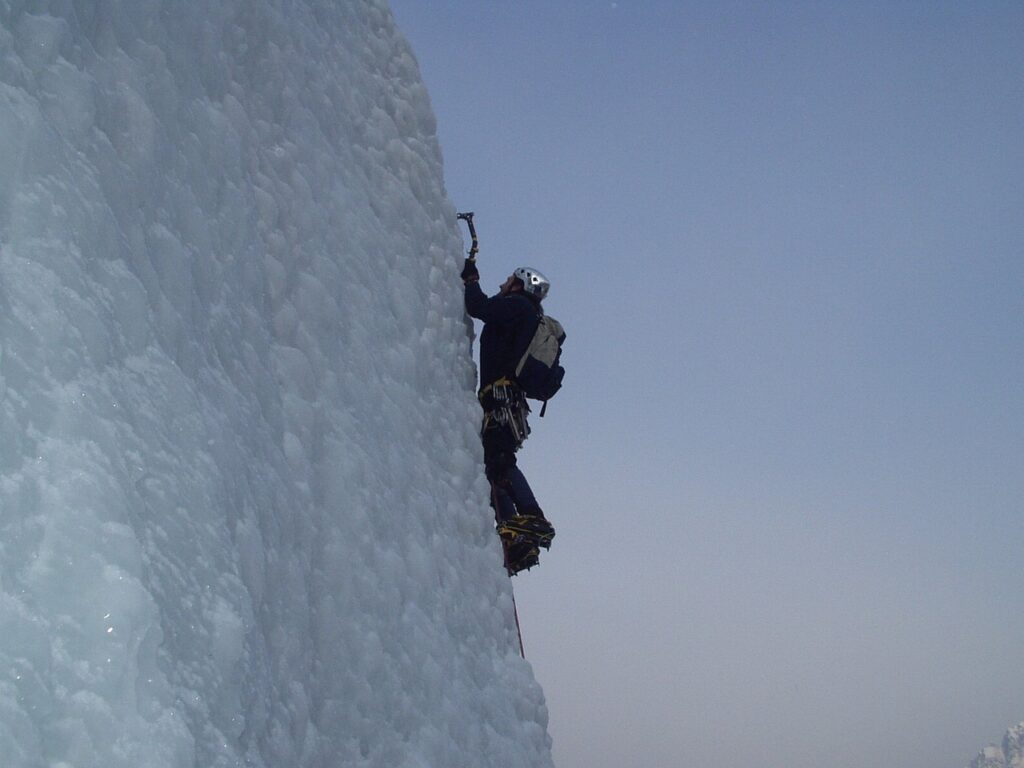
How to Select the Best Gear for You
Choosing the best gear for ice climbing is an important step that directly impacts your safety and performance. When selecting gear you have to keep in mind your skill level, climbing terrain, and budget. For beginners, lightweight and user-friendly equipment is best, such as simple ice tools and strap-on crampons, which are easily adjusted. For advanced climbers, modular tools and technical gear like curved ice axes and twin ropes are more effective, which help handle complex terrains and steep climbs.
Terrain also plays a major role in gear selection. If you are climbing waterfall ice, basic gear may be sufficient. But alpine or mixed climbing requires advanced equipment, such as waterproof clothing, high-insulation boots, and avalanche safety tools. Weather conditions also impact—for extreme cold and unpredictable climates you need durable, waterproof, and windproof gear.
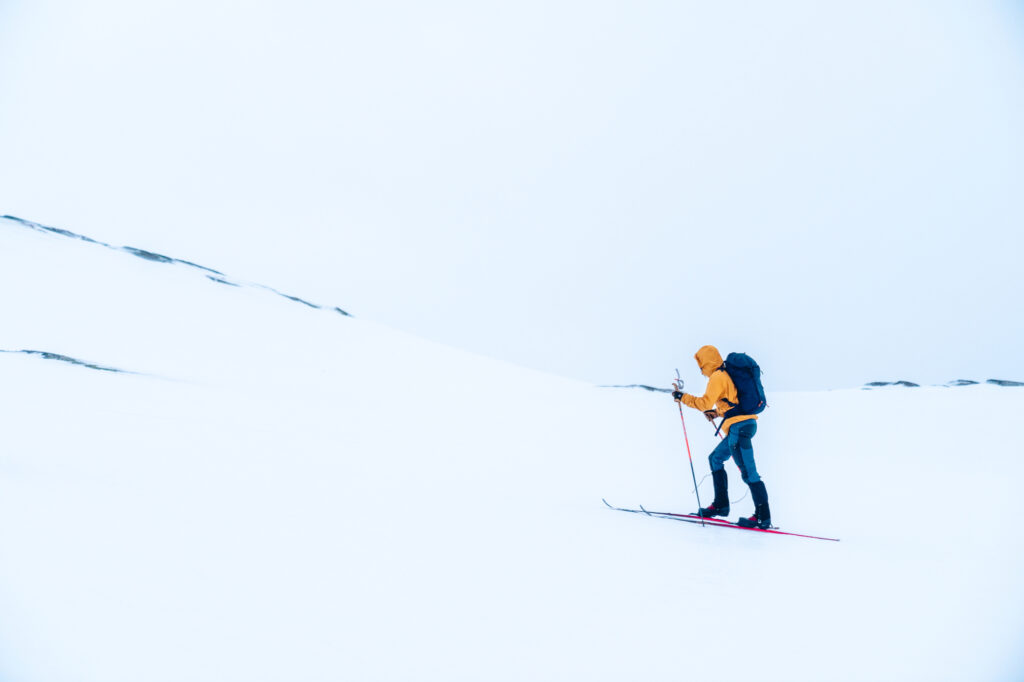
Budget is also an important factor, but safety should not be compromised. High-quality gear is an investment that not only ensures durability but also saves you long-term costs. If your budget is limited, first invest in the most essential items such as harness, rope, and helmet, and gradually add specialized tools.
Finally, proper fit and comfort of gear is also important. Ill-fitting harnesses or oversized boots can compromise your safety and mobility. So it’s best to try on gear before purchasing and choose from trusted brands. Prefer options with customization and adjustability that are versatile for different conditions. Your gear should not only be compatible with your climbing style, but should also maximize your safety and enjoyment.
Maintenance and Storage of Ice Climbing Gear
Proper maintenance and storage of ice climbing gear not only extends its lifespan but also ensures your safety and performance. Make it a habit to inspect and clean the gear after ice climbing. Tools such as ice axes and crampons must be cleaned and dried after use to prevent rust and corrosion. Gently clean fabric-based gear such as ropes and harnesses and keep them out of direct sunlight as UV rays can damage their strength.
Regularly inspect metal gear such as karabiners and ice screws and ensure they are free of cracks or damage. If wear and tear is visible in any gear, replace it immediately. Store insulated items, such as boots and gloves, in a dry and moisture-free environment to prevent fungal growth and keep their shape intact.
For storage, keep gear in a dry, cool and ventilated space. Store tools in a protective case and don’t forget to cover sharp edges to prevent accidental damage or injuries. Coil rope and fabric gear loosely and don’t store in airtight containers, as trapped moisture can cause mildew to develop.
Do a detailed inspection of gear at the end of the season and get professional servicing if needed. With regular maintenance, your gear will not only last longer but will also be reliable and safe for every climb. With proper care you protect your investment and enjoy peace of mind while climbing.
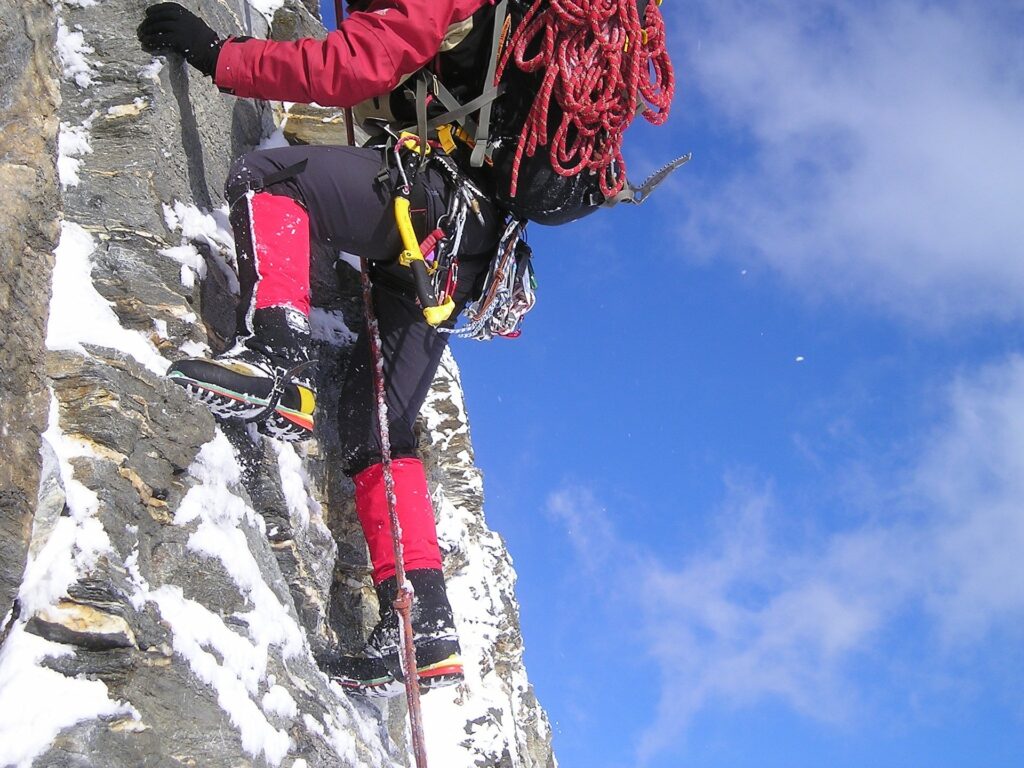
Common Mistakes to Avoid When Choosing Ice Climbing Gear
There are some common mistakes climbers often make when choosing ice climbing gear, and these mistakes can negatively impact their safety and performance. The first mistake is not getting the right fit. If your gear, such as harness, boots, or gloves, does not fit properly, it can be uncomfortable and hinder your climbing experience. Loose boots or tight harnesses restrict movement, which can be dangerous, especially when you are climbing in high-risk conditions.
Another common mistake is purchasing low-quality gear due to budget constraints. Climbers often choose cheap gear based on their budget, but this gear is not durable in the long term and can create risks to your safety. High-quality gear can be a little more expensive, but it gives you a more reliable and safer experience. Low-quality tools or equipment increase risks, such as gear breakage or slippage.
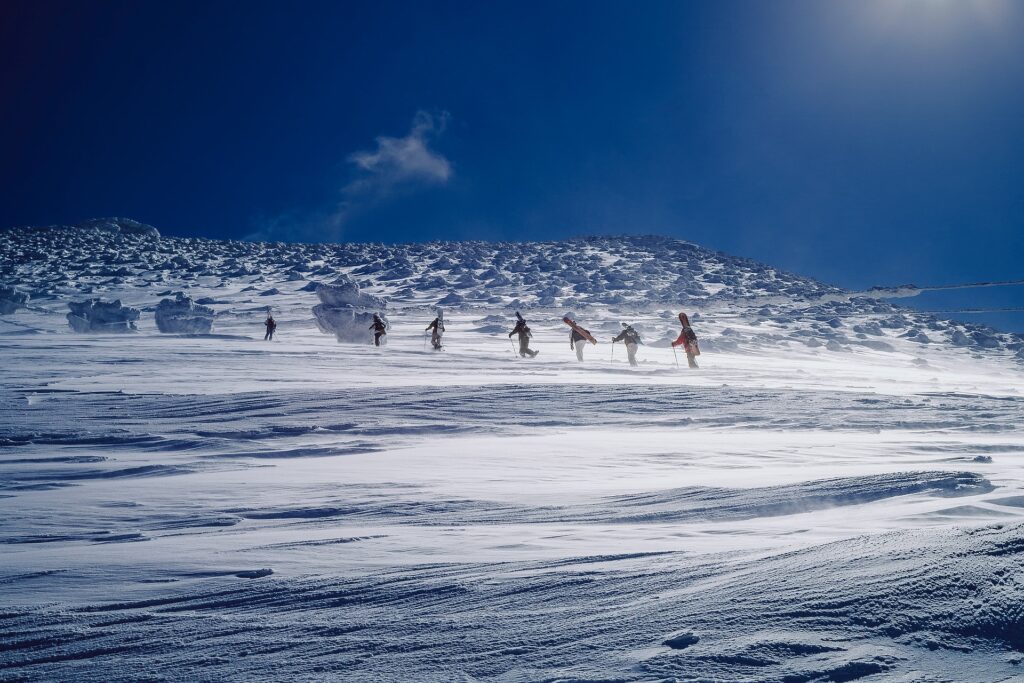
The third mistake is improper maintenance of the gear. Not performing proper cleaning and maintenance of ice climbing gear after using it reduces the lifespan of the gear and accelerates wear and tear. Regular inspection and care makes the gear more durable and protects you from unsafe conditions.
The fourth mistake is wrong gear selection for the terrain. Each terrain requires different gear. If you are climbing waterfall ice, you need simple tools, but if you are climbing an alpine or mixed climb, you need advanced tools and equipment. Choosing the wrong gear can compromise your safety and make the climb difficult.
The last mistake is not considering weather conditions. When climbing ice, you need to understand the weather conditions and choose gear accordingly. Extreme cold, snow, and winds require waterproof, windproof, and insulated gear. These factors directly impact the functionality of your gear, so always select gear after considering the weather conditions.
Conclusion
Ice climbing is a thrilling and challenging sport, but having the right gear is the key to success and safety. Proper selection, maintenance, and storage of gear provides you with protection and performance during every climb. Every climber, whether beginner or advanced, should choose gear based on his or her skill level, terrain, and weather conditions. Your gear should be comfortable, durable, and reliable, so that you can enjoy your climbs confidently and safely.
The right equipment not only ensures your safety, it also helps you improve your climbing skills. And when you take proper care of your gear, it will be with you longer. By avoiding mistakes while climbing ice you not only improve your safety but also enhance your climbing experience. So, choose your gear carefully, maintain it properly, and be fully prepared for every climb. \


